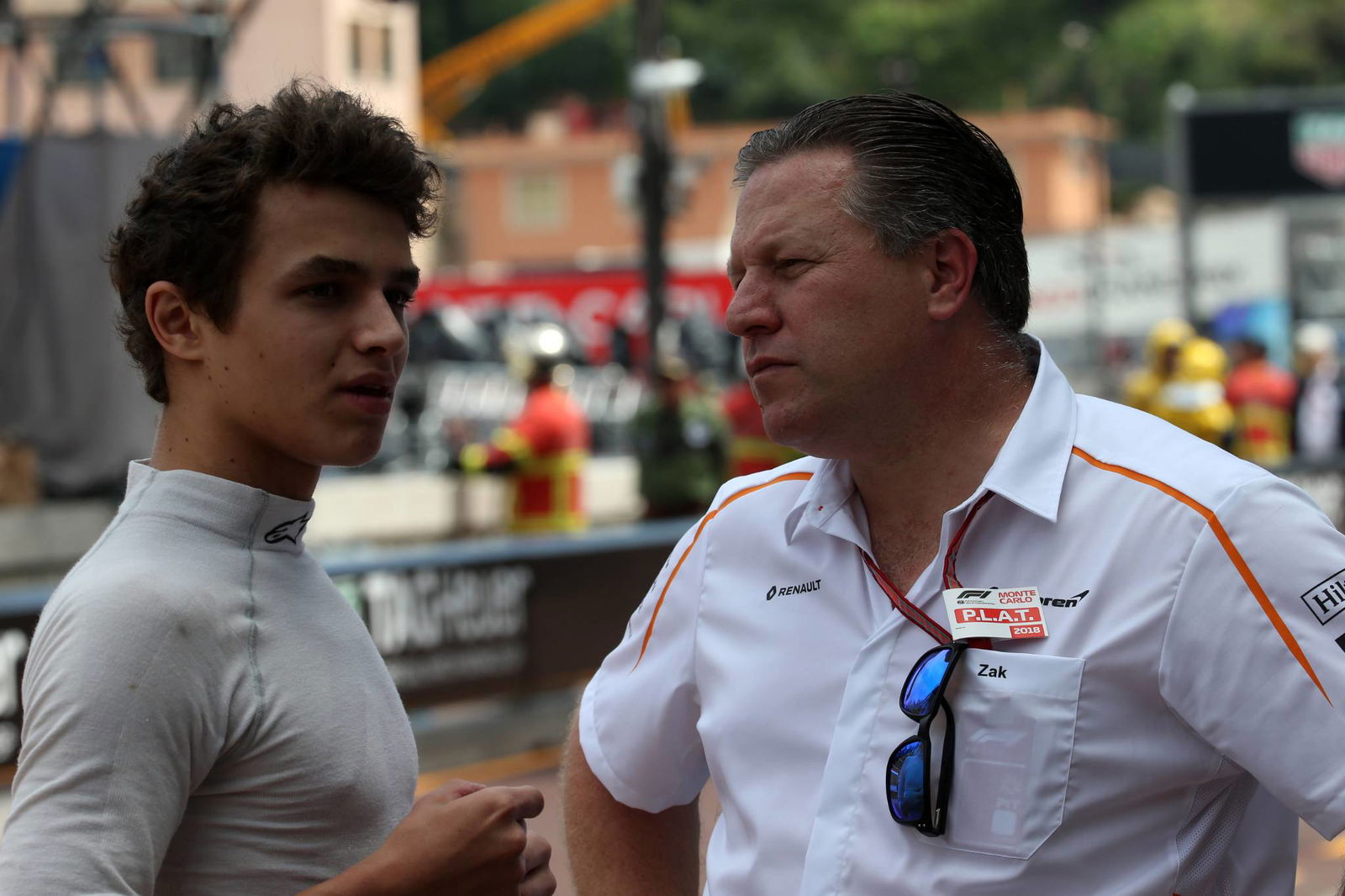Mercedes: Monza 1-2 possible without Verstappen contact
Mercedes believes it could have ended up with a one-two finish at the Formula 1 Italian Grand Prix had Max Verstappen not made contact with Valtteri Bottas.
Bottas and Verstappen clashed on the run to Turn 1 on Lap 43, forcing Bottas down the escape road as he rejoined to the circuit some way behind Verstappen, who was hit by a five-second time penalty for causing the incident.

Mercedes believes it could have ended up with a one-two finish at the Formula 1 Italian Grand Prix had Max Verstappen not made contact with Valtteri Bottas.
Bottas and Verstappen clashed on the run to Turn 1 on Lap 43, forcing Bottas down the escape road as he rejoined to the circuit some way behind Verstappen, who was hit by a five-second time penalty for causing the incident.
The Finn rapidly closed back up to the Dutchman to ensure he claimed the final spot on the podium once Verstappen’s time penalty had been applied post-race, dropping him to fifth behind Sebastian Vettel.
Mercedes felt Bottas could have secured an even better result to finish behind race-winner Lewis Hamilton had he not lost valuable time fighting Verstappen, having spent the final 10 laps of the race unable to find a way through. Bottas ended the race just six seconds behind polesitter Kimi Raikkonen, who struggled with severe tyre degradation in the closing stages.
“Max is difficult to get past at the best of times and in that circumstance when we’d seen that we just didn’t have the straight-line speed and the run on him we just opted to look after the tyres and sit behind him and wait,” chief strategist James Vowles explained in a post-race video released by Mercedes.
“Later on in the race Valtteri was on much fresher tyres compared to Max and very competitive and in that circumstance Max was under a huge amount of pressure. He went off at the first chicane and had a joker call as a result of it.
“By the time Valtteri got alongside, Max didn’t quite leave enough room and made contact with Valtteri,” he added. “Those are just signs that with our tyre offset we were now the faster car. Had that contact not happened and Valtteri not lost lap time, really Valtteri would have been fighting for P2 in that case.”
Mercedes opted to extend Bottas’ opening stint in order to boost his chances of securing a podium finish, though the strategy also played a key role in slowing Raikkonen’s progress and enabling Hamilton to close the gap before he passed the Ferrari driver after Bottas pitted on Lap 36.
After the race Bottas played down suggestions his race had been sacrificed to aid Hamilton’s victory chances, while Vowles moved to explain the rationale behind the decision.
“Valtteri was fighting very hard in the beginning of the race to get past Max but wasn’t quite able to, the only way we were going to get through him was by an undercut or offsetting the tyres,” he said.
“We had chosen fairly early on to look after the tyres and go long on that stint. When Verstappen came in on Lap 26 it allowed Valtteri some clean air to make the most of. Valtteri’s pace was good, he was matching Verstappen’s times despite Max being on fresh soft tyres.
“We knew that Valtteri could be interacting with Kimi but the concept was also making sure that Valtteri had the best chance possible of finishing on the podium,” he added. “From there onwards, since he was matching Max’s times, it was to go as long as we could and make sure we had the tyres as fresh as possible to overtake at a later stage.
“That did mean that he interacted with Kimi and had to defend against Kimi but at no time was he losing anymore time relative to Max, all he was doing was building up a tyre buffer which ended up working out very well for him.”


